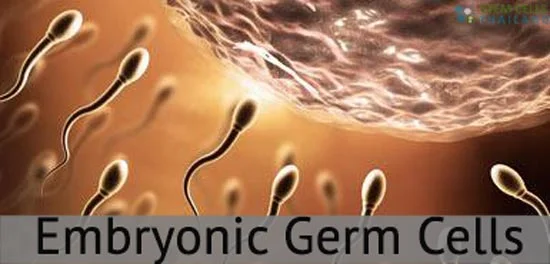
The word “In vitro” Latin translation, is simply “in glass.” In modern times this means an in-vitro environment is simply in a test tube or laboratory dish that holds the cell culture medium or substance necessary to perform a culture test or fertilization.[1] In vitro fertilization (IVF) is a medical procedure in which eggs and sperm are combined outside the body to create embryos. These embryos are then implanted in the uterus in hopes of achieving a successful pregnancy. IVF is a common treatment for various forms of infertility.
After the transfer, the woman is usually given medications like progesterone to support the uterine lining and enhance the chances of embryo implantation. About 10-14 days after the embryo transfer, a blood test is performed to determine if implantation has occurred and the woman is pregnant.
Additional points to consider:
Over the years, IVF and related technologies have evolved and improved, providing hope and a solution for many couples struggling with infertility.
In vitro fertilization or IVF pertains to the artificial method of uniting the sperm with the egg. [2] In-Vitro or IVF treatments are usually performed in closed system laboratory environment by Stochastic Differentiation and directed self differentiation instead of the “traditional” and natural process that occurs in a human female body.
IVF treatments are typically used by families who are having difficulties conceiving. IVF is also a way to clone embryonic stem cells and in genetic Pre-Implementation Diagnosis testing or PGD testing for short. PGD when combined with IVF genetic screening can allow us to screen over 130 know genetic deficiencies and diseases as early as 8 days after artificial conceptions.[3]
[1] ^ Fauser, Bart C J M, and Gamal I Serour. 2013. Introduction: optimal in vitro fertilization in 2020: the global perspective. Fertility and sterility, no. 2. doi:10.1016/j.fertnstert.2013.06.029. https://www.ncbi.nlm.nih.gov/pubmed/23905706
[2] ^ Iyoke, C A, G O Ugwu, F O Ezugwu, L O Ajah, and S G Mba. The role of ultrasonography in in-vitro fertilization and embryo transfer (IVF-ET). Nigerian journal of medicine : journal of the National Association of Resident Doctors of Nigeria, no. 3. https://www.ncbi.nlm.nih.gov/pubmed/24180141
[3] ^ Jin, Hai-Xia, Zhi-Min Xin, Wen-Yan Song, Shan-Jun Dai, and Ying-Pu Sun. Effects of human cumulus cells on in vitro fertilization outcomes and its significance in short-term insemination. The Journal of reproductive medicine, no. 1-2. https://www.ncbi.nlm.nih.gov/pubmed/23447919
Chimeric antigen receptor-T cell treatment (CAR-T cell therapy) holds immense potential to revolutionize organ transplantation, particularly for patients who struggle… Read More
In the ever-evolving landscape of nutrition science, the discourse around dietary fats has undergone significant transformation. The Regeneration Center is… Read More
New research shows that specific types of brain cells become active after brain injuries and exhibit properties similar to those… Read More
Chemokines, critical components in the immune system, are small proteins that facilitate the migration and positioning of immune cells throughout… Read More
Stem cell research examines everything from gene expression to differentiation capacities to therapeutic potentials. With such diverse data types and… Read More
Stem cell therapy has emerged as a revolutionary new treatment approach for neurological and spinal disorders. One up-and-coming method of… Read More